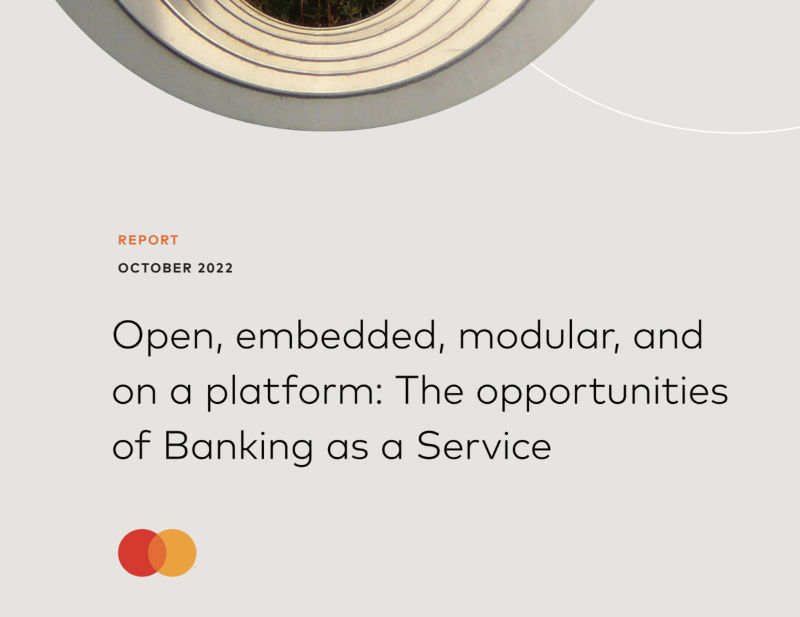Open, embedded, modular, and on a platform: The opportunities of Banking as a Service
Published on 21 Jan 2023

Banking as a platform, open banking, embedded finance, modular banking, modular banking. There are fluid words inside a dynamic area. Another phrase, Banking as a Service, underpins and generally unifies this field (BaaS).
It is quite valuable. Even a conservative projection, which excludes non-traditional banking services such as point-of-sale loans and customer-consented payment initiation services, estimates that overall BaaS income would increase from $1.7 billion in 2021 to over $17.3 billion in 2026.
Considering the range of financial services outside core banking, such as investments and insurance, this prediction of tens of billions of dollars easily increases to the hundreds of billions.
However, the terminology combination might need to be more accurate. Providers and distributors of BaaS, such as banks and financial technology (fintech) businesses, might benefit from more nuanced differences to maximize BaaS's prospects. A more nuanced comprehension permits a more deliberate approach adaptable to the growth of BaaS via its different terminological guises.
BaaS has expanded due to application programming interfaces (APIs) that enable banks to quickly interact with third parties to deliver financial services for more unified consumer experiences. Currently, API connections are mostly limited to younger firms developed with an API perspective, but more consumer-facing brands across several sectors will use APIs in the future.
Read More: Why Container Security Matters to your Business
As "API first" replaces "digital first" as the rallying cry, a proliferation of BaaS will ensue. Already, 85 percent of top executives claim to have implemented or are planning to deploy BaaS.
Some firms may adopt this as providers or distributors, while others will implement it as receivers who control the connection with the end customer. A settlement of the misunderstanding in the space will be essential for everyone.
Open Banking as a Service
A concise definition of open banking is the authorized release of account data and services through APIs. In comparison, BaaS is the API-based release of banking features. However, this is not the case, and better knowledge is essential for developing a competitive BaaS product.
Open banking involves payments in several locations, including the EU, where the updated payment services directive (PSD2) gave open banking its first regulatory authority. According to a recent Mastercard poll, three times as many customers globally chose to make a payment above obtaining tailored financial insights as a good use case of open banking. However, in addition to open banking, payments are a component of the BaaS stack.
Integrating finance
BaaS is a trendy term within the "as a service" movement; however, the principle is not new. Over a decade ago, white-label collaborations between conventional banks and established stores, auto dealerships, or airline brands were unusual and difficult to implement. All of that changed when APIs gave birth to embedded finance.
Embedded finance incorporates capabilities supplied through BaaS as financial goods within customer journeys. A new poll indicates that over two-thirds (64%) of US customers aged 21 to 41 are interested in obtaining financial goods via non-financial firms.
Initial BaaS collaborations consisted of banks and API-first fintech businesses, which, when integrated, could provide upgraded financial services more effectively. Recently, API-first technology firms outside of the financial sector, such as e-commerce platforms and ridesharing applications, are reaping the benefits of integrated finance. Future firms implementing API-based business models may be eligible to participate in these agreements.
Read More: Scalable Success Using A Low-Code Approach In Banking
Download Mastercard's whitepaper to learn more about the opportunities of Banking API as a Service only on Whitepapers Online.
